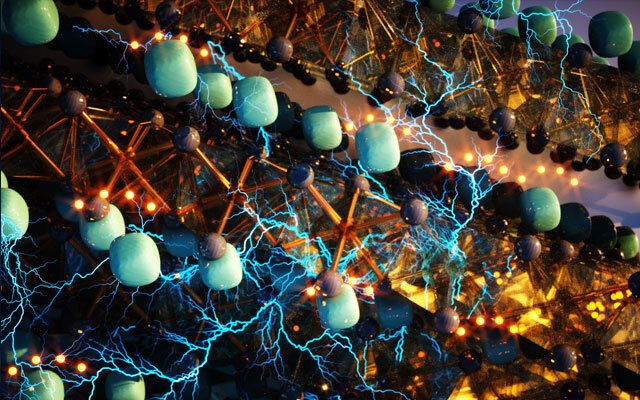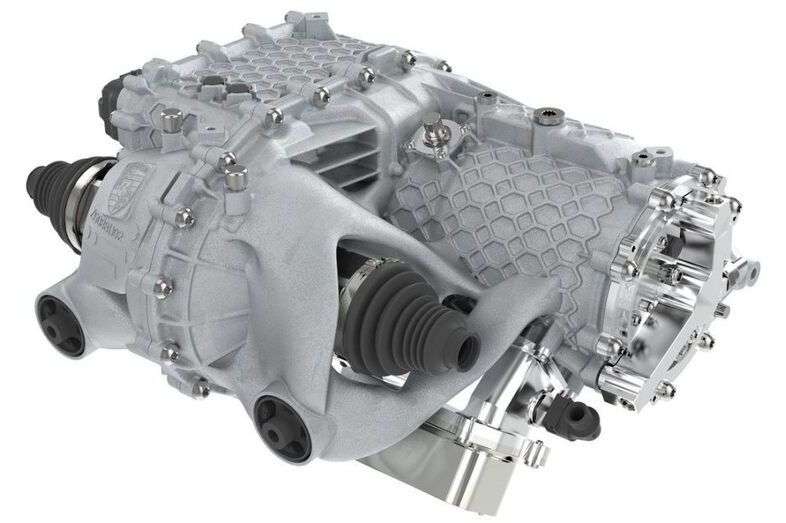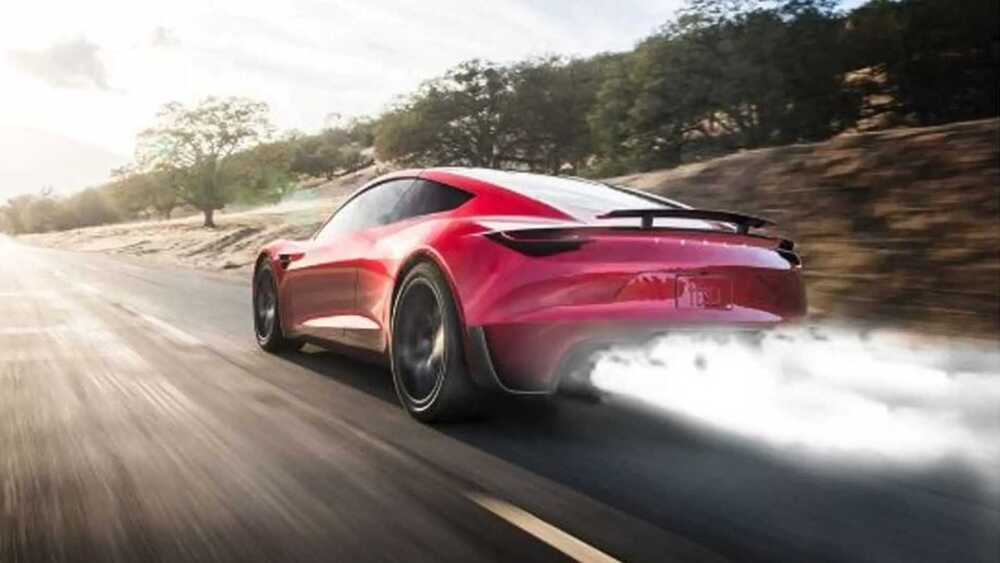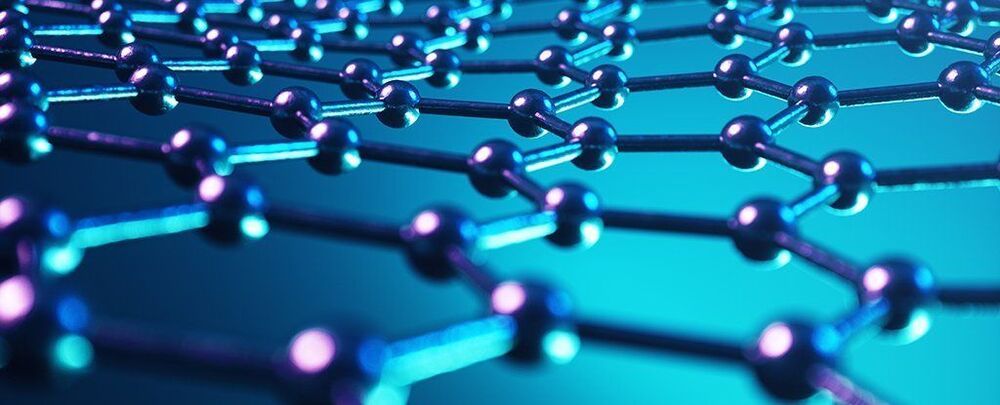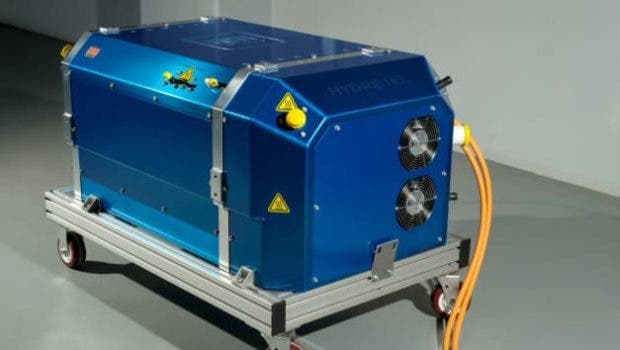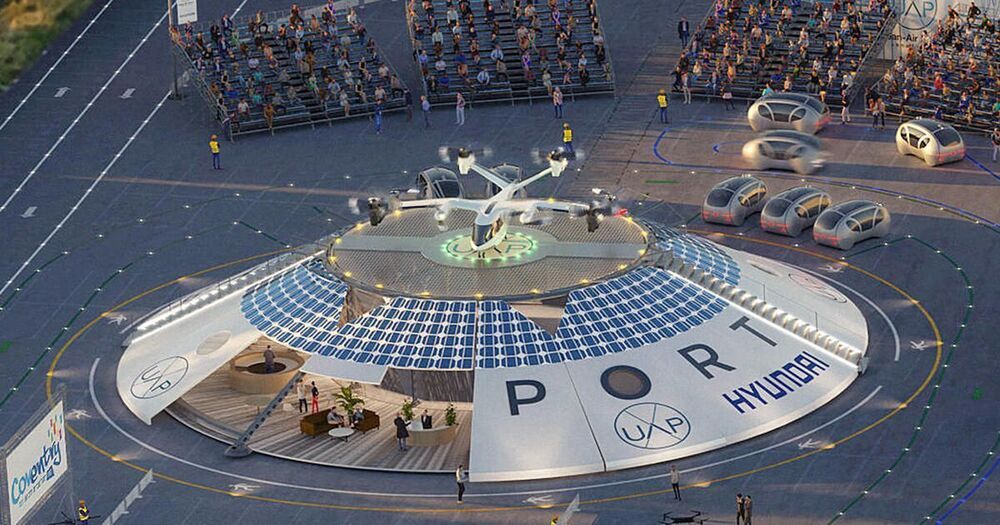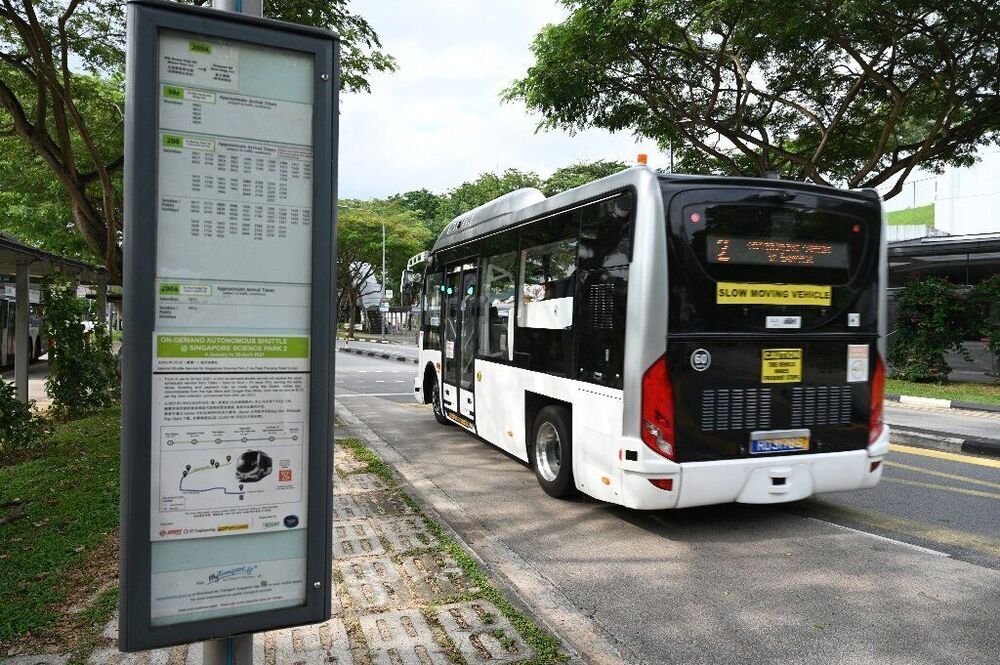
Exactly one hundred years ago, a play premiered that introduced a significant new word to the world – robot. When the first production of Karel Čapek’s R.U.R. opened on January 251921, at the National Theater in what is now the Czech Republic, it not only gave a name to the cybernetic machines that were just beginning to emerge, it also shaped people’s perceptions of what a robot is and the potential dangers they pose.
R.U.R., which stands for Rossum’s Universal Robots, came along at the perfect moment. The period between 1880 and 1930 saw the fastest rate of change in human history, with more fundamental advances in half a century than in the previous 2000 years.
It was the age of the machine, which had intruded so thoroughly into modern society that artists had to come up with whole new forms of expression to include it and portray it. It was also the age of Henry Ford, with his assembly line churning out thousands of uniform black motor cars by the thousands at a price that the average worker could afford. The telephone, wireless telegraphy, radio, the first televisions, radium, airplanes, plastic … the world was awash with new technology.
